First up, a little primer – the digits used in the Myst games, aka D’ni digits, are a base-25 numbering system. This means they count up using symbols like [1], [2], [3], [4] … [22], [23], [24], [1][0]. That is, what they call “10”, we call “25” – the same way that in hexadecimal “10” represents what we call “16”. The numbers themselves are based on the numbers 0-4, which are then rotated anticlockwise 90° to represent 5/10/15/20. Here's an example, showing how you add the row & column header symbols together to get the final number symbol:
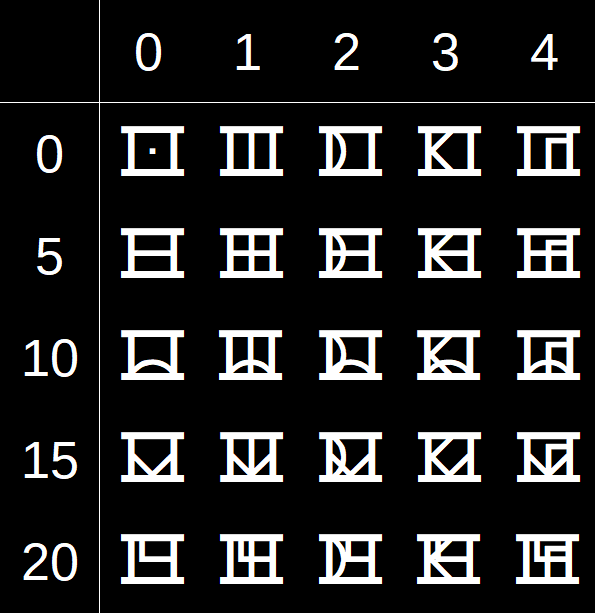
Each D'ni "day", or "yahr", is roughly 30 hours, 14 minutes long and each D'ni "second", or "prorahn", is roughly 1.4 seconds. The Guild of Archivists has more details on how the actual D’ni timekeeping system works if that interests you. There’s nothing like these digits anywhere out there on the market, aside from something crazy like using LCD displays, but that didn’t interest me much and would be a bit pricey. This whole project was designed to be as cheap, low-tech, skill-free, and expensive-tool-free as possible. So I had to come up with my own solution… And here’s how that turned out!
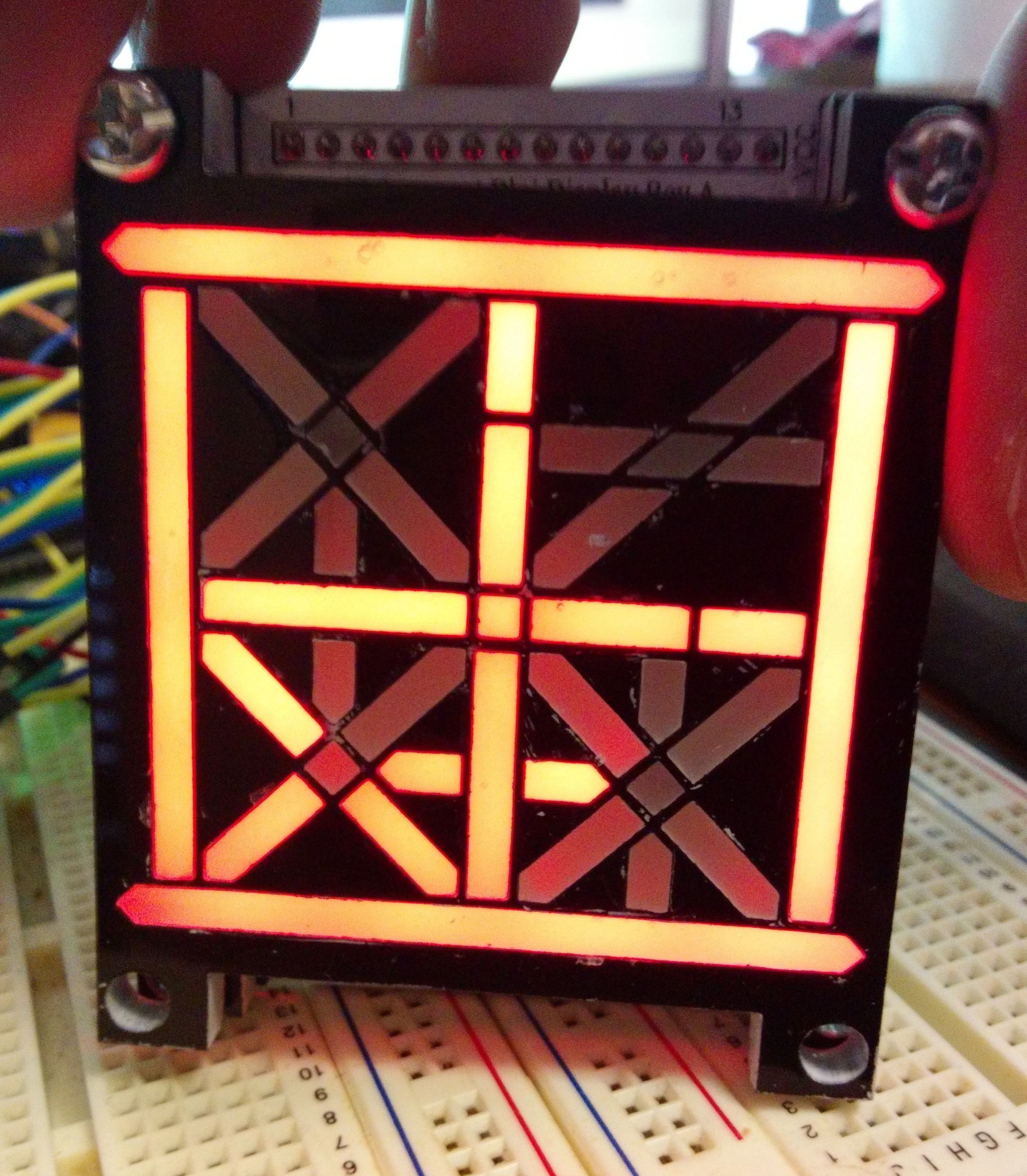
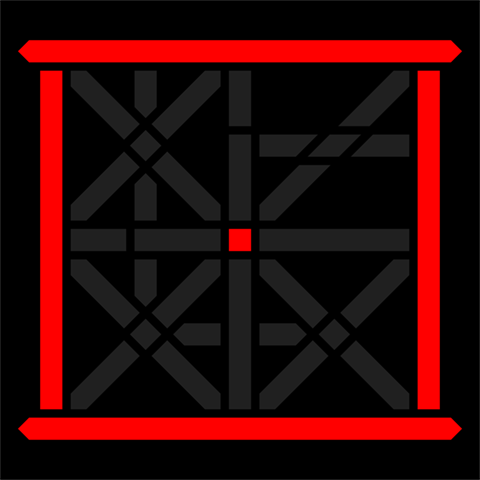
There’s so many places I could start with describing how this project was made so I’m gonna pick the one that probably interests most people reading this – the custom D’ni digit 25-segment displays! These are basically like my own custom 7-segment displays, but they’re easier to read with much higher contrast than store-bought 7-segs. I couldn’t find any instructions or guides out there on how to make your own (I’m sure there has to be some out there somewhere), so I had to work it all out myself from trial and error. The design itself was all made in Inkscape. Laser cutting holes in sheet acrylic and filling them with translucent resin was the way to go. The trickiest part is to have even light diffusion throughout an entire cell. The black parts are made from laser-cut 4.5mm black acrylic.
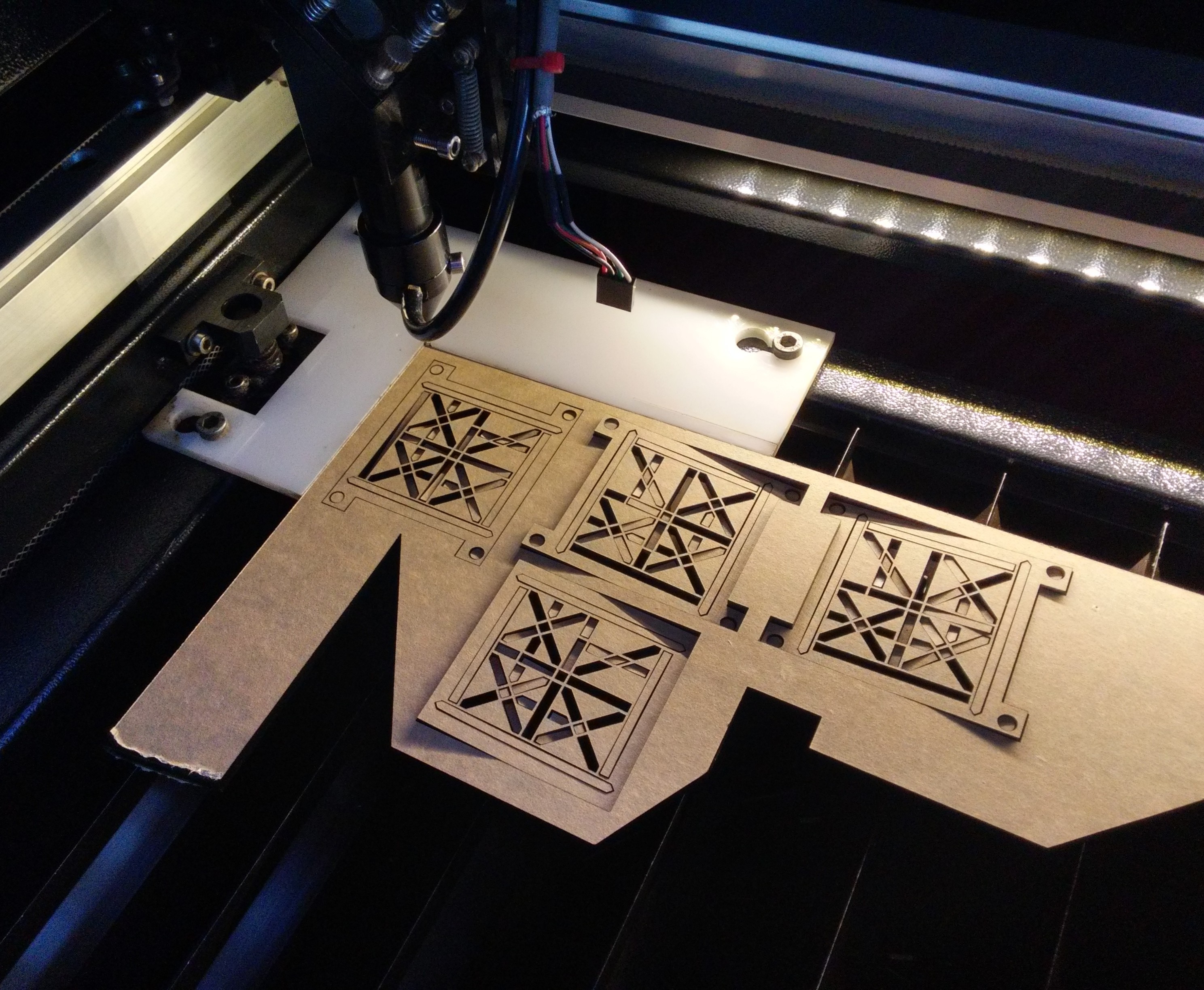
(Laser-cutting D'ni digits out of acrylic)
To help bounce light around inside each cell as much as possible, I airbrushed them with a thin white paint before filling them with resin. For the side that was to be the “front”, aka the good-quality side, I wanted the poured resin cells to be smooth & flush with the surface of the acrylic, which is tricky. I placed a piece of clear packing tape on a table with the sticky side up, stretched it out as far as I could, then carefully placed the front of the acrylic piece on the stretched tape. This kept the packing tape under constant tension, so that the resin cured against a smooth flat surface. The empty cells were filled with a 7:1 mixture of clear resin with super fine plaster of paris (mixed before pouring, obviously), which was the best-looking diffusing medium I tried. If you try this, sift the plaster into the resin while stirring to make it as evenly distributed as possible and to reduce plaster clumps in the resin. Use a needle to break up the remaining clumps and to remove any air bubbles that might be stuck in the corners. I recommend carefully picking up the cured acrylic blocks and looking at them from underneath to check for any plaster clumps or bubbles too. A vacuum chamber would be great if you’ve got one to remove the bubbles, but I didn’t have one. Once the resin was cured I carefully removed the packing tape and the segments were ready.
At 4.5mm thick, a single layer of diffusion from this material is likely good enough for most people, but just to make the light segments look extra smooth I used two layers of resin-filled acrylic. However, in this video you can see that there’s a lot of light bleeding from one cell to another, so to seal the edges well, I laser-cut some cardboard gaskets out of 2mm thick black cardboard backing board. I painted the interior edges with a silver pen to increase reflection. I used these gaskets between the two layers...
Read more » RIUM+ (Mike Ando)
RIUM+ (Mike Ando)


 Kelly Heaton
Kelly Heaton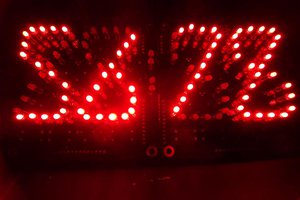
 Ken Yap
Ken Yap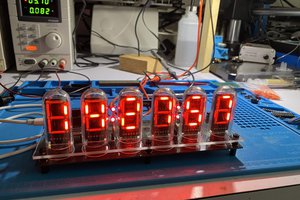
 Jay Hamlin
Jay Hamlin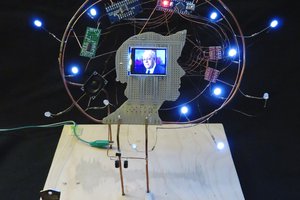
 Daniel Domínguez
Daniel Domínguez
Far be it from me to question the legendary RIUM+ -- but as I understand it, the particular numbering system you show here, was introduced in the Riven game and strongly implied if not explicitly described as being that of the Rivenese -- particularly since that game also points out, in a similar context IIRC, that the D'ni system is base *six*... but, do please correct me if I am wrong!
Also, obligatory: I would LOVE to have that MYST Book of yours someday :D not that I have any money... eh, maybe eventually I'll finish getting the stuff I need to build my own version. I *did* plan that out... ;) (Books: PM me if you want to chat!)